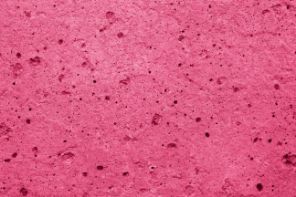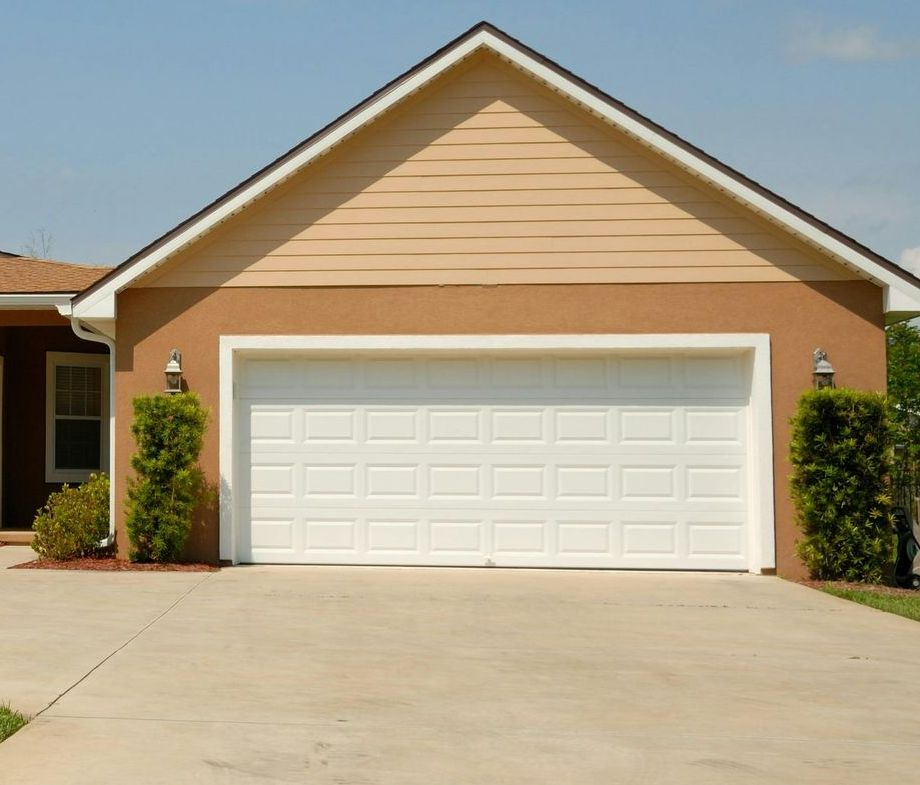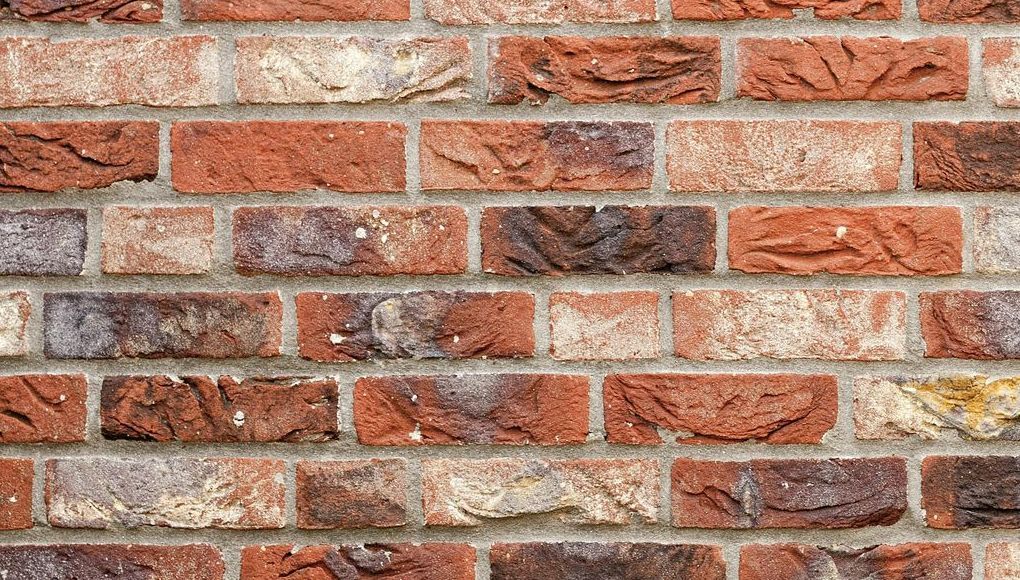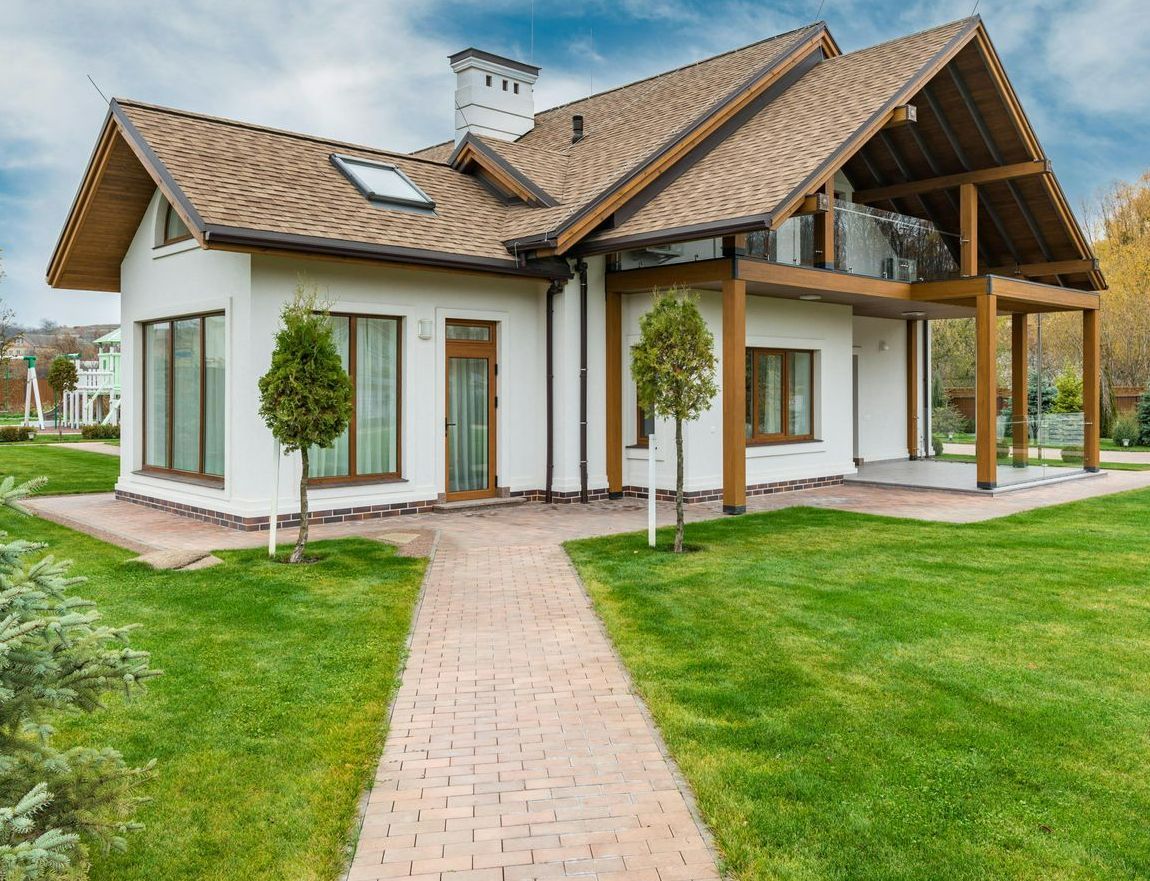Wonderful Coloured Concrete: How It Will Look on Your Home's Exterior
Adding colour to your concrete can add to the aesthetic appeal of your home. Coloured concrete is durable, UV resistant, and can make a countertop fit nearly any shape or size. It can add value to your home by imitating expensive natural stones.

Coloured concrete adds value to a home
Adding colour to concrete can increase the curb appeal of your home. However, you must also consider the maintenance and cleaning required to maintain the finish. To learn more about maintaining coloured concrete, contact a qualified contractor.
Adds an artistic touch to the exterior of your home
Adding a touch of colour to the outside of your home is a great way to add some visual flair to your property. You might be surprised at the options available to you and the results you can achieve. There are many reasons to choose to paint your concrete, but you'll find that there are some specific things to keep in mind when deciding what type of finish to choose.
Choosing the best colour to match your property can be tricky, but there are some simple steps you can follow to find the colour that is right for you. It's a good idea to choose a colour that will complement your home's architecture and landscaping and isn't too out of place. For example, if you have a traditional front porch or deck, a bold colour will complement the rest of your home's exterior and give it a more modern feel.
It gives a worn-in and loved to look
Using coloured concrete on the exterior of your home is a great way to make it look more unique. You can choose from various colours and designs to match your style. There are also bespoke options available.
When colouring your concrete, there are two main types of materials. The first is dyes. These pigments are added to the concrete and impart a particular hue to the surface. The second is dry pigments. These are more difficult to apply but can result in a more durable finish. In addition, they are less expensive than their pigmented counterparts.
Imitates the look of expensive natural stones
Using coloured concrete in your project can be a great way to elevate your project from the mundane to the glamorous. The best part is that you can do it in your backyard. It is excellent for home improvement projects such as kitchens and bathrooms. You can also use it to enhance outdoor spaces like patios and pools. The trick is choosing the right colour for your tastes.
It makes a countertop fit in nearly any shape or size
Whether renovating your kitchen or installing a bar in your backyard, coloured concrete makes a countertop fit nearly any shape or size. It's an affordable, versatile surface that's easy to clean and maintain.
We hope you enjoyed our blog post. It's an excellent option for many homeowners looking to change their home's exterior, and it's a great look. If you want to learn more or ensure that coloured concrete suits you're home, please contact us anytime at
08 6186 7423.


